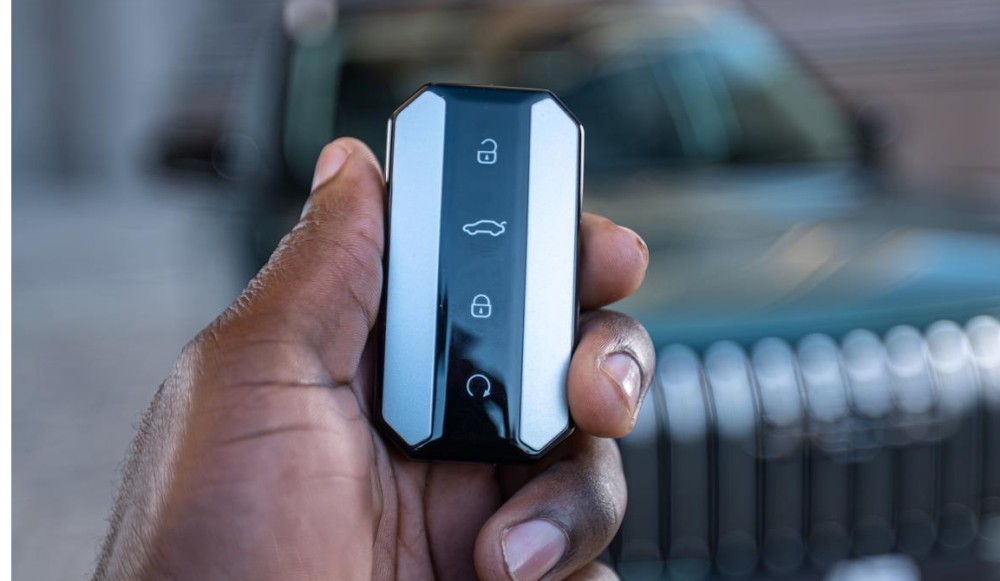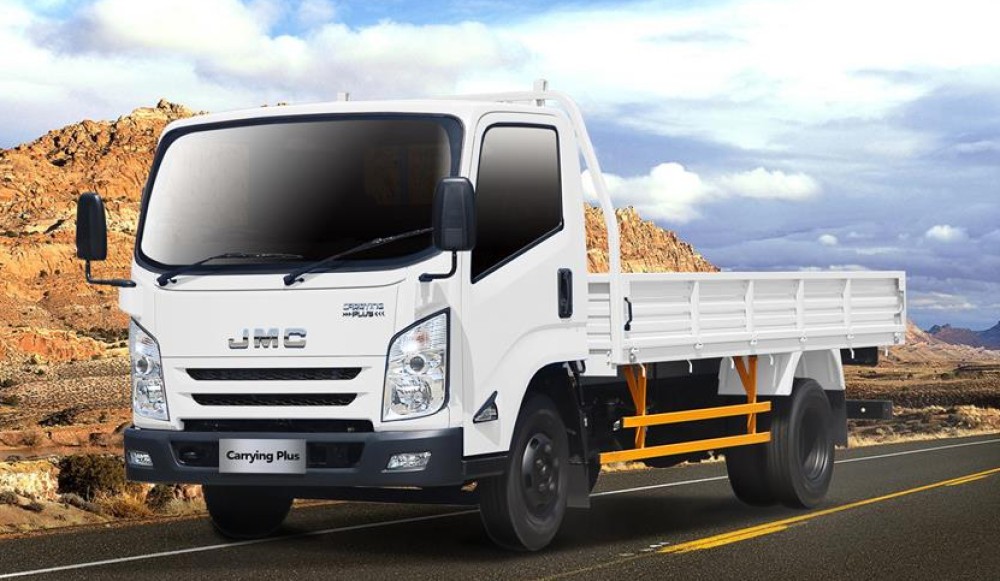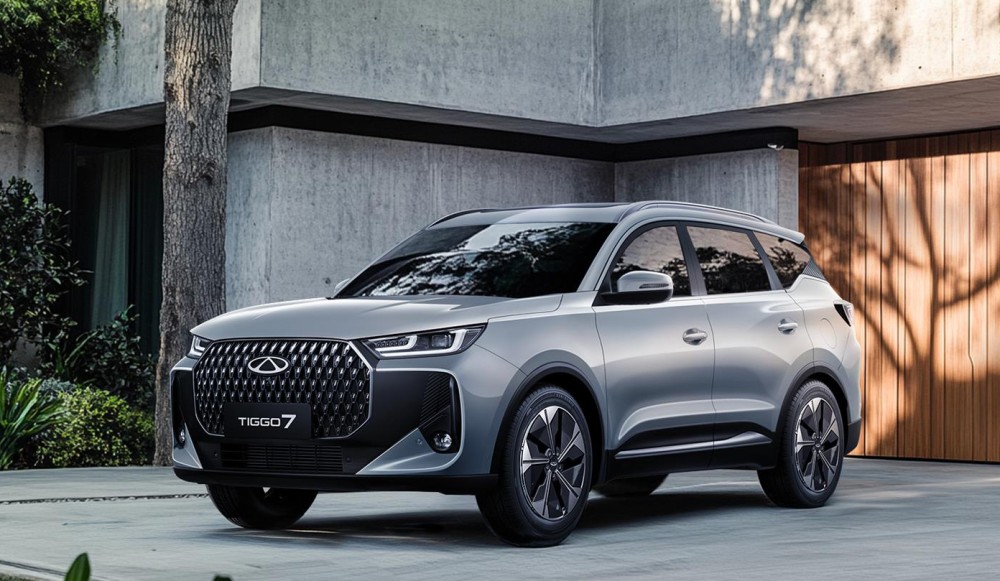
While the Volvo EX30 wasn’t available to drive during its local reveal, there was ample opportunity to explore the design features of this new, more-affordable EV. Here are 5 interesting details which caught our attention during the touch-and-feel session.
We have already exhaustively reported on the pricing and performance of the new EX30, thanks to information gleaned from Volvo Car’s comprehensive press releases ahead of its local launch. We know that it is available in 5 variants, priced between R 775 900 and R 995 900; and will offer a choice between 51 kWh and 69 kWh batteries and (motor arrangement-dependent) outputs ranging from 200 kW/343 Nm to 315 kW/543 Nm.
We have also surmised that the EX30 may just become the quickest-accelerating new car currently available for less than a million Rands, but we cannot confirm this yet, because the launch event was really just a show-and-tell session (watch the reveal event video here). However, examining the stationary display cars and tinkering with their user interfaces did reveal a number of interesting details, upon which we’re happy to elaborate in lieu of the actual driving impressions we were really hoping to describe.

These innovations are all aimed at simplifying the design, with the stated goals of reducing the number of necessary components (to drive down production costs) and environmental impact, while improving usability and versatility. Some of these features will take some getting used to, but others are plainly brilliant and could change the way future cars will be built and operated.
Related: Get all the details on Volvo EX30 pricing, specs, and performance in this report.

1. The seat adjuster is beautiful in its simplicity
This may seem an odd item to mention first, but there is real genius at work here. This adjustment switch initially looks strange, but after a moment’s orientation, it becomes a revelation just for its user-friendliness.
Most cars with electric seat adjustment make do with at least two switches, arranged in a rough approximation of a seat’s shape. The lower switch usually controls the fore-and-aft movement of the seat, along with the cushion height and angle, while the upright switch adjusts the backrest rake.
This operation is intuitive, but it also need lots of complex, multi-directional switchgear - and that’s before getting to lumbar support or side bolster adjustments and memory functions. The end result is a bank of switches, usually hidden out of sight on the seat base, which often makes adjustment on the move a hit-and-miss affair.

The Volvo EX30 consolidates all the main adjustment functions in one square-ish knob on the seat base. Press it forwards or backwards, or up and down, to move the seat base as we’re used to; or twist the knob to change the backrest angle. Simple and effective.
Lumbar- and bolster adjustments are equally simple, because a recessed button in the main adjuster knob switches between these different functions, indicating which area you are adjusting on the central display screen. Figuring this out results in a real “EUREKA!” moment, and may have you wondering why other manufacturers haven’t devised a similar simplified system yet, even as as they add ever more gadgets to their electric seats.
Related: Get a new or used Volvo EX30 safely and effortlessly on CHANGECARS!

2. The audio system is inspired by your home entertainment
Unlike conventional cars, there are no audio speakers mounted in the front doors. Instead, there is a sound bar mounted at the base of the windscreen, containing 2 mid-range speakers and a tweeter at each end, augmented by a woofer located below the dashboard.
This is all controlled by a sophisticated digital sound processing unit to create precise sound staging, and delivers a handy 100 W in the “Core” base trim. This arrangement frees up space in the door panels, leaving room for huge oddment stowage trays in each front door.
Up-spec “Plus” and “Ultra” trims add 2 more speakers to the soundbar and includes mid-range drivers in the rear doors as part of the Harman Kardon premium sound package, upping the speaker count to 9 and increasing its output power to 1 040 W. Just don’t expect a physical volume knob, though, because the EX30 doesn’t have any of those…
Related: Visit the Volvo EX30 website to configure this hot new EV to your taste.

3. The central armrest has many functions
Apart from the two window control switches and their surrounding capacitive touchpad on its front edge, the central front armrest looks fairly conventional. Closer inspection of the window switch cluster reveals a touch sensor to toggle the window operation between the front- and rear side glass, however, along with the door lock/unlock functions. This multi-function window control layout may need some acclimatisation, but it still looks reasonably familiar except for its unusual location.
But the armrest’s real cleverness literally lies below the surface, because, unlike conventional arrangements, the armrest itself is fixed and doesn’t flip up to open a storage cubicle. Instead, a nudge of the lower front surface sees a spring-loaded, open storage box sliding out below the armrest with a choice between two final positions. A bottle holder can then slide out as a separate unit, turning this box into a convenient drinks holder.

Closer to floor level is an open storage console which runs from the armrest to the dashboard, with two neat flaps which can create a false floor underneath while still retaining most of the large tray’s volume up top. In all cases, durable and easy-to-clean plastic line the bins, so spilling your coffee in the centre console won’t result in a permanent sticky mess.
The rear end of the floor console features an integrated but removable sliding plastic bin, which can be used for rear-passenger storage or as a rubbish receptacle. Removing this bin reveals a stylised forest landscape and moose etched on its outer surface, giving intrepid car interior-explorers an easter egg to discover. These etchings apparently improves the rigidity of the removable box, so it’s not just for show either.
Related: The Volvo EX30 isn’t this company’s first EV crossover - read more about the XC40 Recharge here.

4. The luggage bay has integrated instructions
Opening up the electric tailgate (either via the car’s key fob, the linked smartphone app, or from the touchscreen) reveals another detail that could be quite useful, but is likely intended mostly to be cute and individualistic. Etched into a rectangular patch in the rear windscreen’s plastic surround is a “Will it fit?” iconogram, showing the main dimensions of the EX30’s cargo area and illustrating various things that could be loaded.
It shows the size of the hatch aperture, along with the length of the available luggage space up to the rear seats, up to the front seats, and to the back of the front passenger’s seat if it is moved all the way to the front. For the record, the hatch opening measures 0.84 m in width and 0.58m in height, and objects up to 1.76 metres in length can be carried when travelling alone, so now you know.

5. The central screen seems responsive and well-considered
While we have considerable reservations regarding the wisdom of eliminating tactile switches in favour of a do-it-all touchscreen, the system in the Volvo EX30 at least appears to be well thought-out and responsive. Shortcut keys to the most important functions are always present, and the rest of the screen can be configured to suit the driver’s preferences.
The display unit is divided into 3 distinct zones, with the topmost band displaying vehicle information (speed, driving range, battery charge and drive modes) and the lower band containing shortcuts for the main car controls (glove box, tailgate, climate control, seats, and car setup functions), while the majority of screen space in the middle goes to navigation, communication, and multimedia.

Out with the old, in with the all-new
Given Volvo’s mission to make it affordable despite the inherently costly EV architecture, the engineers discarded almost every conventional approach in the EX30’s design. It almost makes sense that, if they were going to re-think the car and its general layout, they may as well have given its operation a comprehensive make-over as well.
The all-digital interface will take a lot of getting used to, however, and drivers who expect a car to operate a certain way will likely not appreciate the sheer different-ness of the EX30’s user interface. We’re keeping an open mind for now, because if it performs as brilliantly as its specs suggest, the unusual user interface will eventually get left behind by its storming acceleration.
Martin Pretorius
- Proudly ALL THINGS MOTORING
Find the perfect Volvo for your needs in this beautiful selection on CHANGECARS.








